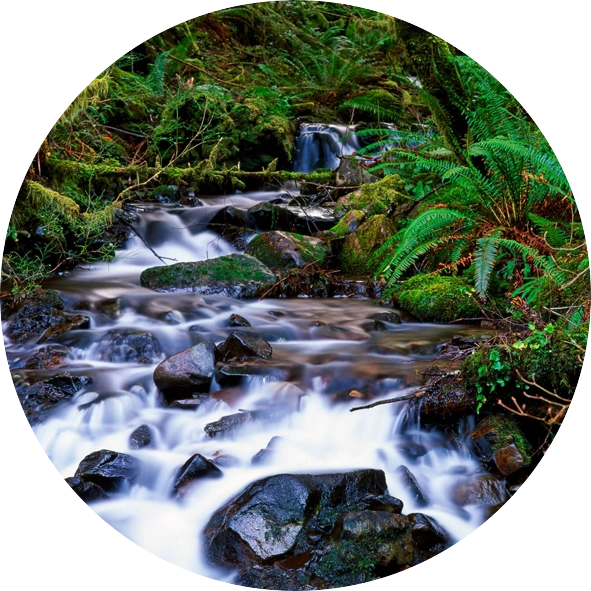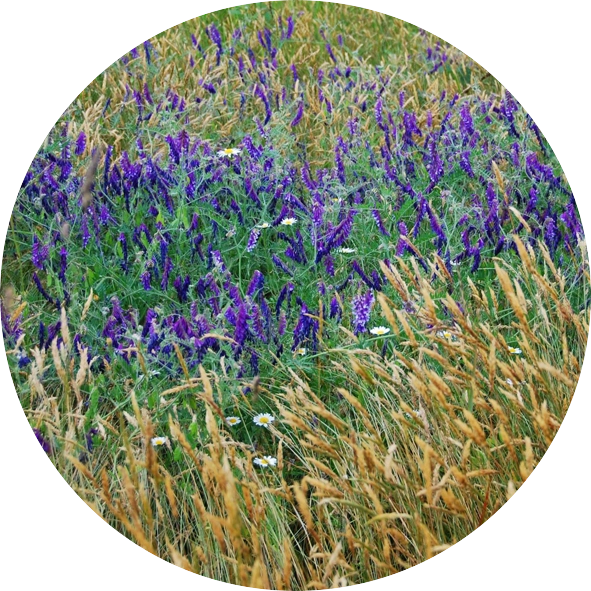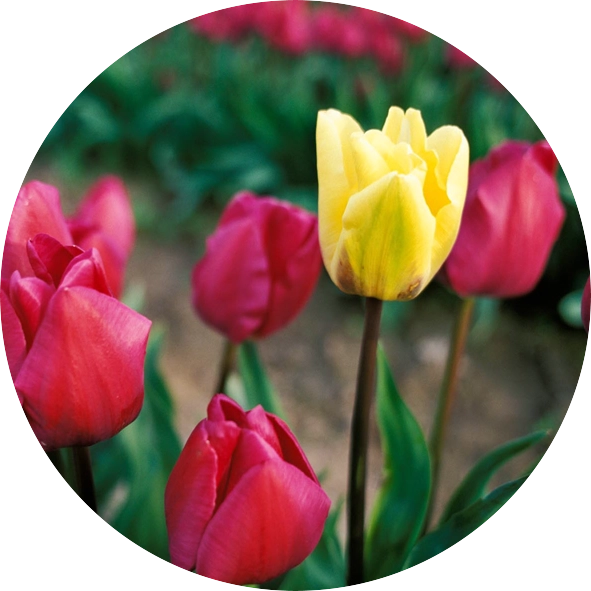- 5706 4th Ave., Ferndale, WA 98248
- PO Box 35, Ferndale, WA 98248
Alkaline hydrolysis, commonly branded as aquamation, is a water and lye based system for disposition of human remains that is a gentler, more sustainable alternative to cremation. It was first patented in 1888 and is currently legal in 28 states including Washington. The deceased is placed into a stainless-steel vessel. Approximately 95 gallons of water along with approximately 5 gallons of potassium and/or sodium hydroxide is introduced into the chamber which may be pressurized and is heated to 200 – 300 degrees Fahrenheit. Over the course of 6 – 16 hours, depending on equipment used, the natural decomposition process that occurs in burial is dramatically sped up, resulting in liquid and softened bone. The liquid contains salts, sugars, amino acids and peptides. There is no tissue and no DNA left after the process completes. The sterile liquid is safely recycled via the local wastewater treatment authority or can be diverted for use as fertilizer. After drying, the bone material is processed to a powder similar to cremated remains, with about 20% more material than after cremation. Aquamated remains can be treated just like cremated remains: placed in an urn, buried in a cemetery, scattered at a special spot, or any number of other options. Aquamation uses significantly less energy than cremation and creates no emissions.


Terramation is an entirely new form of disposition and like aquamation was made legal in Washington State in 2020. The technical and legal term is natural organic reduction. It is also referred to as human composting. The deceased is placed into a vessel with straw, alfalfa, and wood chips or sawdust. The deceased stays in the vessel for approximately 30 days while oxygen is gently moved through to stimulate the naturally occurring microbes to transform their body to safe, sterile soil. The vessel is continually monitored with sensors and is gently turned at the appropriate time to facilitate the process. After composting, remains are screened for inorganic material such as prosthetic implants. Then bones and compost are reduced to a uniform mixture and placed into a secondary vessel to rest and cool for another 30 days. During the rest and cool phase bone material composts completely. After this the process is completed. The result is approximately 250 – 300 pounds of live giving soil with a volume of approximately 1 cubic yard. Families may receive the entire amount of soil, or any portion that they choose. The soil can be used to enrich conservation land, forest, and/or gardens. Soil that families do not wish to claim is donated to restoration/conservation projects.
Green burial is how we have cared for our deceased for most of our history. It takes place without embalming. A decedent is placed into a biodegradable container, which could be a casket made from wood or woven materials like willow branches. It may also be a cloth shroud. The deceased is transported in this container to a green cemetery, sometimes called a natural burial ground or conservation cemetery. The casket or shroud is lowered into the grave, either mechanically or by hand, and is placed in direct contact with the earth. To close the grave biomass is added, which boosts microbes and oxygen and expediates a return to earth. Then soil and topsoil are added in their respective order. Conventional burial liners and vaults are prohibited in green burial, thereby reducing resources and facilitating an efficient return to natural cycles. In some cases, green burial is used to further ecological restoration and conservation goals with native plants and trees planted nearby as memorials. Green burial also provides opportunities for family and friends to participate in unique ways, like the option of closing the grave by hand with shovels.


Cremation is an established disposition choice that has been steadily increasing in popularity since the mid-20th century. 79% of Washingtonians choose cremation for their final disposition. It is carried out by placing the deceased into a rigid, leak resistant, combustible container, similar to a casket, which is then placed into the crematory and subjected to heat and flame. At the end of the cremation, everything has been driven off except bone material which is processed down to particulates and powder. Cremated remains, commonly referred to as “ashes,” are placed into a container, usually called an urn. It may be a temporary urn used to transport the cremated remains somewhere for scattering, or it may be a permanent urn for burial in a cemetery or keeping at home. There are options available for memorialization that utilize cremated remains in a variety of creative ways. To ensure that cremation services provided by Wildflower Funeral Concepts are as environmentally friendly as possible, only wood and cardboard cremation containers made from sustainably sourced materials are offered. These containers reduce the manufacturing footprint and crematory combustion times as opposed to containers made from wood. Wildflower Funeral Concepts also makes annual carbon offset donations for each cremation performed.
Ritual can be any action, simple or involved, that helps us make meaning out of the events of our lives. We believe that grief and mourning are active processes that ask for participation from the bereaved – ritual. Participation that Wildflower Funeral Concepts is honored to support with logistics, materials, transportation, officiants, music, videos, live streaming, etc. Whether it is in homes, our facility, a cemetery, a local venue, or a favorite natural setting, this is our deepest privilege. Rituals our team can support are not limited to and include:

Take a look at some of the most commonly asked questions about our eco-friendly funeral and memorial services.
Wildflower Funeral Concepts offers a range of eco-friendly funeral services, including:
Feel free to contact us for more information on these disposition options and how they can be tailored to your family’s needs.
Other Washington State funeral homes may offer similar services, but it’s our approach and values that make Wildflower Funeral Concepts stand out. We are passionate, compassionate, and committed to providing our clients with only the most ecologically sound funeral and memorial services. Our goal is to honor lives in ways that are kind to the earth and provide comfort and closure to those grieving.
Your search for eco-friendly funeral homes in Washington State ends with Wildflower Funeral Concepts. We are located in Ferndale, WA but proudly serve families throughout the state who share our values and desire to make environmentally conscious choices for their loved ones’ final arrangements.
Eco-friendly body disposal offers a more sustainable and environmentally conscious alternative to traditional methods. It reduces resource consumption, minimizes pollution, and allows for a peaceful return to natural cycles. It also aligns with many people’s personal beliefs and values regarding respecting the deceased while preserving the environment.
Two of the most recent eco-friendly funeral options that Wildflower Funeral Concepts offers are Terramation and Aquamation. These innovative methods provide an alternative to traditional burial and cremation processes, using natural decomposition or water-based solutions to gently return the body to the earth. Contact us for more information on these services.
Subscribe to our quarterly newsletter for regular updates. We promise we won’t share your information or clog your inbox.
5706 4th Ave., Ferndale, WA 98248
PO Box 35, Ferndale, WA 98248
We are a Whatcom County funeral home providing advanced, ecologically sound death care options. Options that honor you, your loved ones, and the legacy they leave behind. Wildflower Funeral Concepts is a funeral home like no other.
Copyright © 2024 Wildflower Funeral Concepts. All Right Reserved
Powered by
